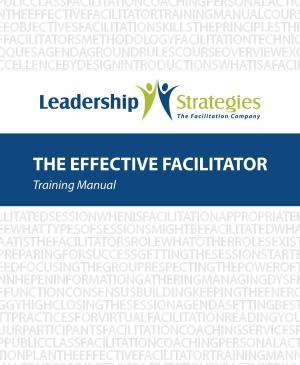Understanding ESOPs: A Primer on Employee Stock Ownership Plans
Business & Finance, Business Reference, Business Law, Finance & Investing, Finance| Author: | Corey Rosen, Scott Rodrick | ISBN: | 9781932924794 |
| Publisher: | The National Center for Employee Ownership (NCEO) | Publication: | May 9, 2011 |
| Imprint: | Smashwords Edition | Language: | English |
| Author: | Corey Rosen, Scott Rodrick |
| ISBN: | 9781932924794 |
| Publisher: | The National Center for Employee Ownership (NCEO) |
| Publication: | May 9, 2011 |
| Imprint: | Smashwords Edition |
| Language: | English |
Although over 10,000 U.S. companies have an employee stock ownership plan (ESOP), many businesspeople are not well acquainted with them. ESOPs are often confused with stock option plans, which are something else altogether. They are not stock purchase plans; employees almost never buy stock through an ESOP. They do not require that employees run the company or even elect the board, unless companies want to structure themselves that way. Most people, in fact, would be well served by forgetting what they have heard or thought about ESOPs before starting to learn more about them.
The most common use for an ESOP is to buy the shares of a departing owner of a closely held company. Owners in C corporations can defer tax on the gain they have made from the sale to an ESOP if the ESOP holds 30% or more of the company's stock and certain other requirements are met. Moreover, the purchase can be made in pretax corporate dollars. In an S corporation, the tax deferral is absent, but a different tax advantage is present: no federal (and usually no state) income tax is owed on profits attributable to the ESOP-held shares.
ESOPs are also used to divest or acquire subsidiaries, buy back shares from the market (including public companies seeking a takeover defense), match 401(k) contributions, restructure existing benefit plans by replacing current benefit contributions with a leveraged ESOP, or simply provide an employee ownership plan for the company.
This book will teach you how ESOPs work in both C and S corporations, what their uses are, what the valuation and financing issues are, what the steps to set them up are, and much more.
Although over 10,000 U.S. companies have an employee stock ownership plan (ESOP), many businesspeople are not well acquainted with them. ESOPs are often confused with stock option plans, which are something else altogether. They are not stock purchase plans; employees almost never buy stock through an ESOP. They do not require that employees run the company or even elect the board, unless companies want to structure themselves that way. Most people, in fact, would be well served by forgetting what they have heard or thought about ESOPs before starting to learn more about them.
The most common use for an ESOP is to buy the shares of a departing owner of a closely held company. Owners in C corporations can defer tax on the gain they have made from the sale to an ESOP if the ESOP holds 30% or more of the company's stock and certain other requirements are met. Moreover, the purchase can be made in pretax corporate dollars. In an S corporation, the tax deferral is absent, but a different tax advantage is present: no federal (and usually no state) income tax is owed on profits attributable to the ESOP-held shares.
ESOPs are also used to divest or acquire subsidiaries, buy back shares from the market (including public companies seeking a takeover defense), match 401(k) contributions, restructure existing benefit plans by replacing current benefit contributions with a leveraged ESOP, or simply provide an employee ownership plan for the company.
This book will teach you how ESOPs work in both C and S corporations, what their uses are, what the valuation and financing issues are, what the steps to set them up are, and much more.















